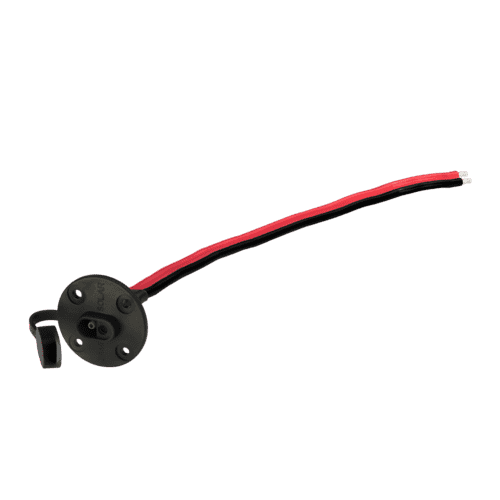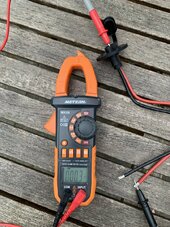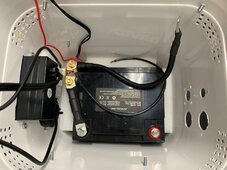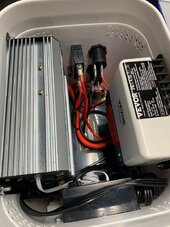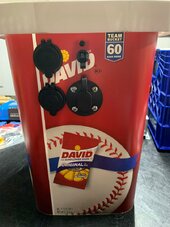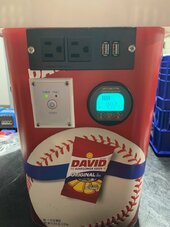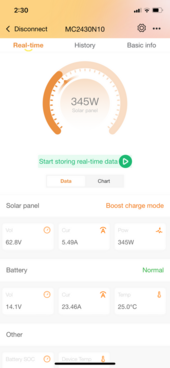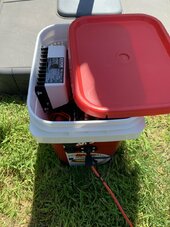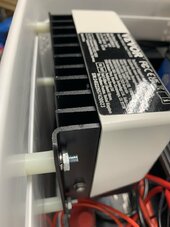Bob142
Build more, learn more.
Looks like the battery finished charging while I was working.
First SCC functional test was successful.
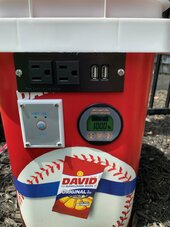

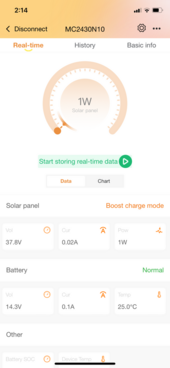
I noticed the app consistently reported a battery voltage reading that was somewhere around 0.07-0.10V higher than what the Aili and my voltmeter read. The app does appear to provide a calibration function for the battery voltage. I'll play around with that some other time.
I'll also run some additional tests down the road, including whether it can actually deliver on the promised 30A.
First SCC functional test was successful.



I noticed the app consistently reported a battery voltage reading that was somewhere around 0.07-0.10V higher than what the Aili and my voltmeter read. The app does appear to provide a calibration function for the battery voltage. I'll play around with that some other time.
I'll also run some additional tests down the road, including whether it can actually deliver on the promised 30A.



